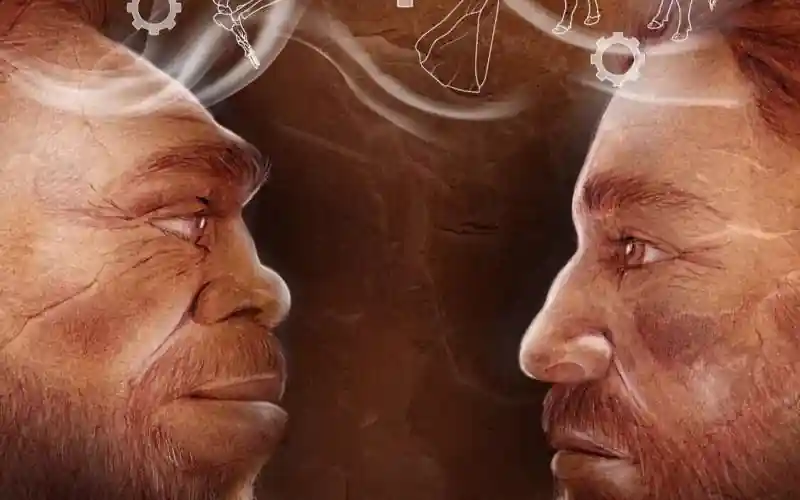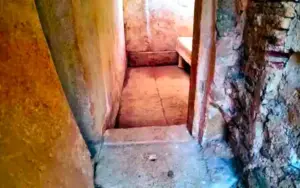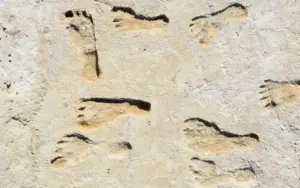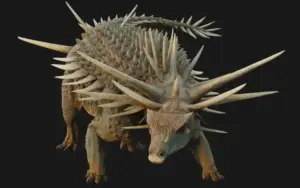100,000-year-old Israeli site reshapes burial history

- Archaeologists in Israel uncovered one of the world’s oldest burial sites, offering rare insights into early human ritual and cultural behavior.
Early human burials uncovered
Archaeologists working in central Israel’s Tinshemet Cave have identified what may be one of the oldest known human burial sites, dating back roughly 100,000 years. Excavations have revealed five early human remains, including two nearly complete skeletons and three partial ones, arranged in burial pits. Some of the skeletons were found in a fetal position, a deliberate practice associated with burial customs. Alongside the bodies, researchers discovered ochre fragments, animal bones, and pebbles believed to be part of ritual activities.
Objects recovered at the site do not appear to have been used for daily life, leading experts to think they served ceremonial purposes. Several items originated from areas hundreds of kilometers away, suggesting deliberate collection or exchange. The cave, located in a limestone-rich area, has preserved bones and artifacts exceptionally well thanks to layers of ash from ancient fires. These environmental conditions created rare opportunities to examine intact remains.
A deeper understanding of the Middle Paleolithic
The findings, published in Nature Human Behavior in March, reinforce evidence from older excavations at Skhul and Qafzeh caves in northern Israel. Those earlier sites, excavated decades ago, lacked the detailed documentation now possible at Tinshemet. According to archaeologists, the discoveries confirm a growing pattern of intentional burial practices during the Middle Paleolithic period, between 250,000 and 30,000 years ago.
Israel’s location made it a crossroads between early Homo sapiens migrating from Africa and Neanderthals living in Europe. Scientists are still determining whether the Tinshemet skeletons belong to Homo sapiens, Neanderthals, or a hybrid group. Their genetic identities may help clarify how knowledge, cultural practices, and technology moved between populations. This period also saw the earliest known signs of jewelry and body painting, indicating evolving social structures.
Symbolism and early territory claims
The cave site may reveal more than burial customs. Israel Hershkovitz, a physical anthropologist at Tel Aviv University, noted that establishing designated burial areas could have marked territorial claims. This symbolic behavior reflects how early humans may have begun defining land ownership, a concept still relevant in the region today.
Christian Tryon, an archaeologist at the University of Connecticut not involved in the research, highlighted that the Tinshemet evidence strengthens previous, less-documented findings. Excavations continue each summer using specialized tools to preserve delicate materials. At the cave entrance, the partial skull of an early human is still emerging from sediment, and researchers expect several more years of work before they can fully analyze it.
Similar claims of intentional burials dating back 200,000 years have been made about Homo naledi in South Africa, though many experts remain cautious about those findings. The Tinshemet discovery, however, provides strong evidence that burial practices were spreading among early human populations 100,000 years ago.
Interesting fact
|









